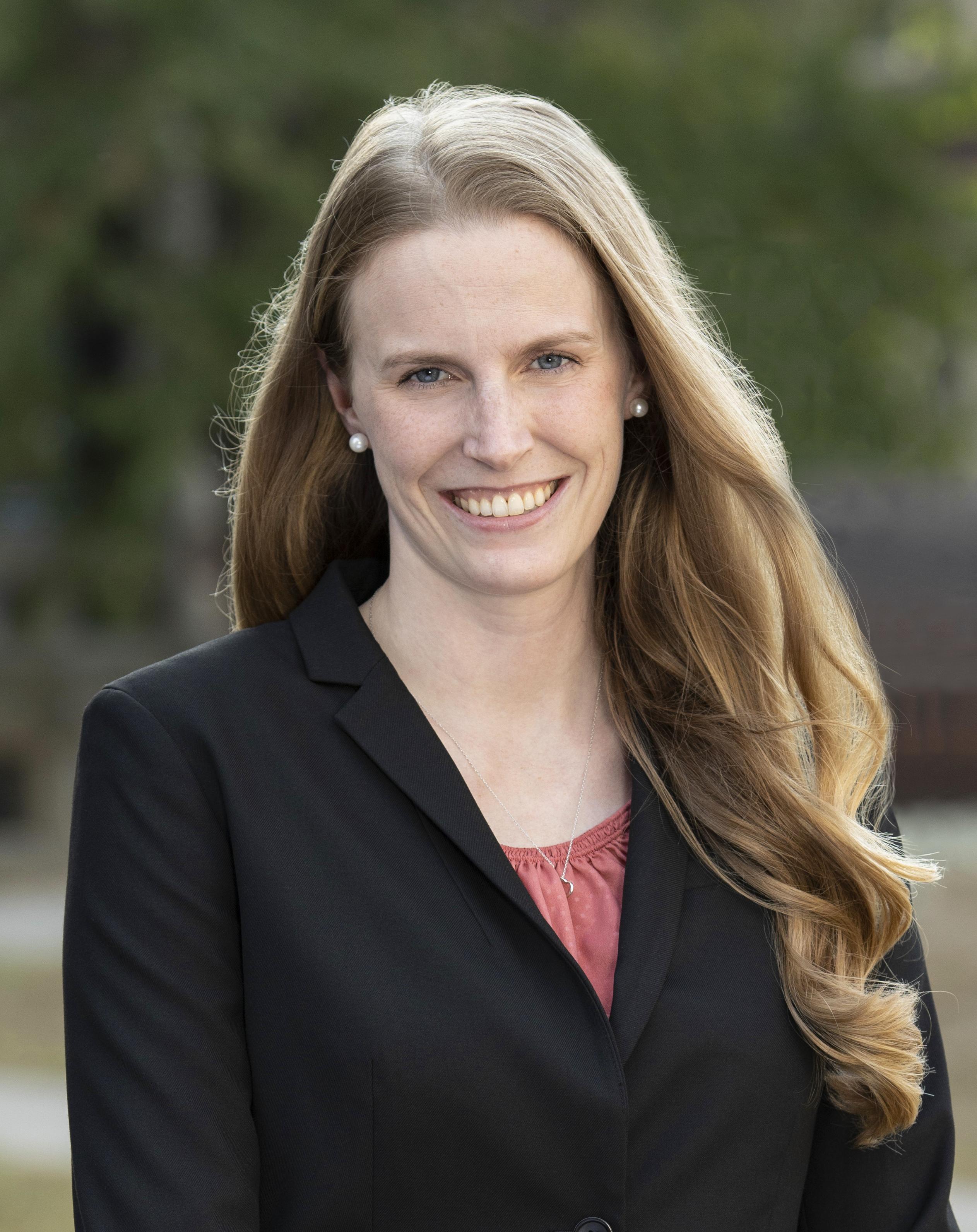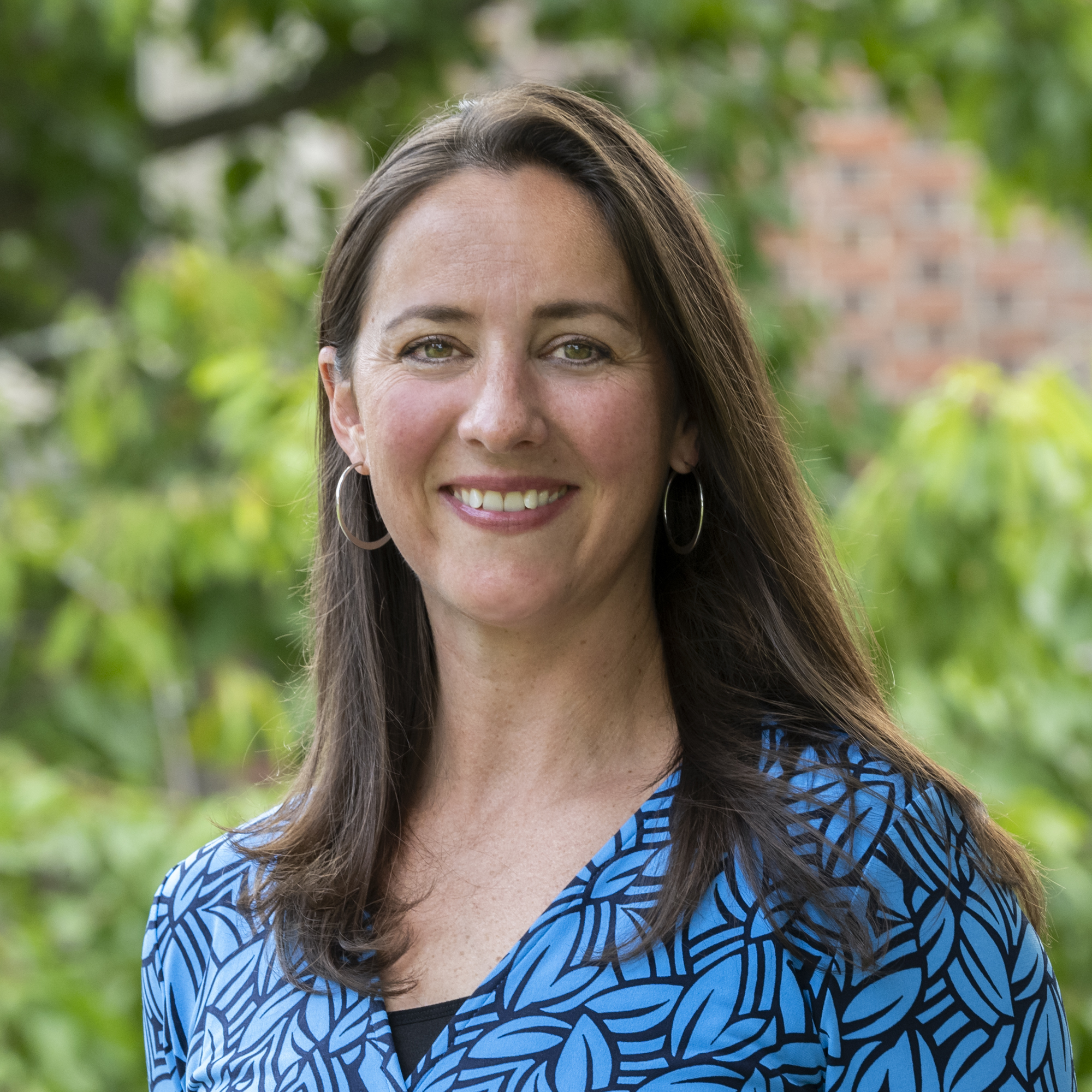Child / Adolescent - Trauma / Maltreatment
The Role of Family Environment in the Mitigation of Youths’ Trauma-Related Dysregulation
(PS6-62) The Role of Family Environment in the Mitigation of Youths’ Trauma-related Dysregulation

Gabriela Kovarsky Rotta, B.A.
Clinical Research Assistant II
McLean Hospital
Belmont, Massachusetts, United States
Kobe L. Huynh, B.A.
Clinical Research Assistant
McLean Hospital
Waltham, Massachusetts, United States- GG
Grace C. George, Ph.D.
Postdoctoral Research Fellow
McLean Hospital, Harvard Medical School
Somerville, Massachusetts, United States 
Jennie M. Kuckertz, Ph.D.
Administrative Director of Research
McLean Hospital/Harvard Medical School
Belmont, Massachusetts, United States
Courtney Beard, Ph.D.
Associate Professor
McLean Hospital/Harvard Med School
BElmont, Massachusetts, United States
Author(s)
Co-Author(s)
Methods: We used data from the 5.0 release of the Adolescent Brain Cognitive Development study. We categorized youth (n = 11,577; Mage = 9.5; White = 63.2%, Black = 15.8%, Multiracial = 12.6%, Asian = 2.0%, American Indian/Native American = 0.5%, Native Hawaiian/Other Pacific Islander = 0.1%, Other = 5.6%; & Hispanic/Latinx = 12.6%) at baseline as having experienced PTEs or not based on the PTE checklist of the Kiddie Schedule for Affective Disorders and Schizophrenia (KSADS) PTSD module. Family environment was indexed by the Parental Monitoring Survey and the Acceptance subscale from the Children’s Report of Parental Behavior Inventory, as well as the Family Environment Scale - Family Conflict Subscale. For our outcome measure, we used dysregulation profile scores of the Child Behavior Checklist at the one-year follow-up (Mage = 10.5). Results: Children with trauma presented with higher levels of dysregulation than those with no trauma at the one-year follow-up (b = -5.26, t = -19.0, p < 0.001). Higher parental monitoring and acceptance significantly predicted less child dysregulation (b = -3.12, t = -11.5, p < 0.001; b = -3.12, t = -6.8, p < 0.001). Moreover, family conflict yielded a significant interaction with trauma history to predict levels of dysregulation (b = -0.93, t = -7.0, p < 0.001). For children with trauma, increased family conflict corresponded with levels of dysregulation that were significantly higher than those without PTEs. All models controlled for biological sex, age, and site.
Background: Potentially traumatic events (PTEs) experienced in childhood are associated with a higher risk for a range of mental health concerns. Intra-family dynamics like support, warmth, and low levels of conflict have been associated with better youth mental health outcomes. Specifically, positive family environments may be more conducive to increased child affective and behavioral regulation. The current study seeks to understand the mitigation of trauma-related dysregulation by investigating how family dynamics can influence youths’ development of cognitive, behavioral, and affective dysregulation in the context of PTEs.
Conclusions: In this sample, trauma exposure exacerbated the effects of family conflict on dysregulation, while parental monitoring and acceptance lessened dysregulation with no particular advantage for either group. These findings suggest that potentially traumatic events experienced in childhood may affect children’s sensitivity to different facets of the family environment. Future studies should continue to explore how children’s experiences, coupled with intra-familial dynamics, may affect the development of dysregulation. Additionally, this research could benefit from considering measures of internal youth well-being in assessing adjustment and functioning in the wake of PTEs.

.png)
